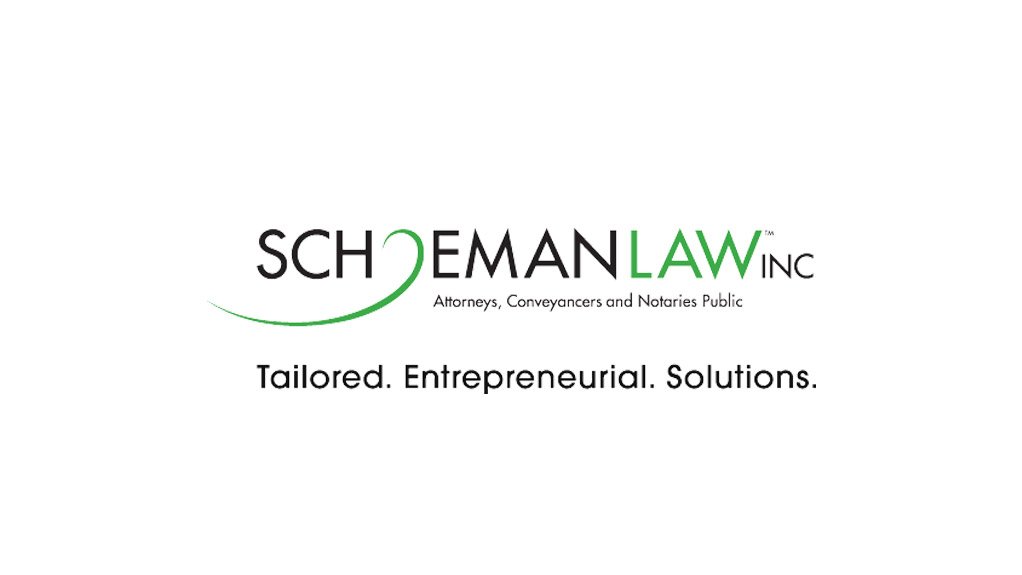Encroachment represents a significant issue in property law, infringing upon the possession rights of neighbouring landowners. This legal analysis delves into two primary forms of encroachment: encroachment by building and overhanging branches or underground roots. The discussion explores statutory regulations, court discretion, and equitable remedies available to affected neighbours.
Encroachment by Building
Building encroachment occurs when a property owner, without consent, constructs structures that extend beyond their boundary line into a neighbour's land. This includes foundations, eaves, and balconies. Statutes primarily regulate construction on land, addressing zoning, building height, densities, and building lines. When a building encroaches, the affected neighbour is entitled to demand its removal.
Court's Role and Discretion
The courts play a crucial role in determining whether to uphold the demand for removal of the encroachment. They may exercise discretion to order a different solution, such as awarding damages instead of removal. This approach is particularly favoured when removal would result in disproportionate harm to the encroaching owner compared to the harm suffered by the neighbour. The court's discretion aims to balance reasonableness and fairness, as highlighted in Lombard v Fischer1. In this case, the court found Lombard's actions unreasonable and ordered an alternative solution, allowing Fischer access to his garage.
Compensation and Bona Fide Encroachers
When the court orders removal, a bona fide encroacher—one who unintentionally encroaches—may be entitled to compensation based on unjustified enrichment. However, a mala fide encroacher, who knowingly encroaches, is unlikely to receive compensation and may be required to restore the land to its original state.
Balancing Interests
In assessing encroachment cases, courts prioritise reasonableness and fairness to harmonise relationships between neighbours. Ownership rights are restricted when they prejudice neighbours, as demonstrated in Trustees of the Brian Lackey Trust v Annandale2. Here, the court opted for awarding damages instead of removal, considering the significant economic loss to the encroacher if removal was ordered.
Encroachment by Overhanging Branches and Underground Roots
Encroachment can also occur through the branches and roots of trees extending into a neighbour's property. The tree owner is responsible for ensuring their trees do not interfere with the neighbour's use and enjoyment of their property. While a neighbour may initially acquiesce to the encroachment, they cannot later demand the removal of fallen leaves or fruits.
Remedies for Tree Encroachment
Neighbours can request the tree owner to remove the encroaching branches and roots. If the owner fails to act within a reasonable time, the neighbour can remove them and claim the cost from the owner. However, the neighbour cannot keep the branches unless the owner fails to remove them after being asked to do so. In certain situations, neighbours may seek an interdict to compel the tree owner to remove the encroaching branches and prevent future encroachments.
Conclusion
Property encroachment, whether by building or natural growth, involves a delicate balance of rights and remedies. Courts have the discretion to craft equitable solutions that consider the circumstances of each case, striving to achieve fairness and reasonableness. Understanding these legal principles helps property owners and neighbours navigate potential disputes and seek just resolutions. Contact an expert at Schoemanlaw Inc.
Written by Johan De Lange, Schoemanlaw
EMAIL THIS ARTICLE SAVE THIS ARTICLE ARTICLE ENQUIRY
To subscribe email subscriptions@creamermedia.co.za or click here
To advertise email advertising@creamermedia.co.za or click here











